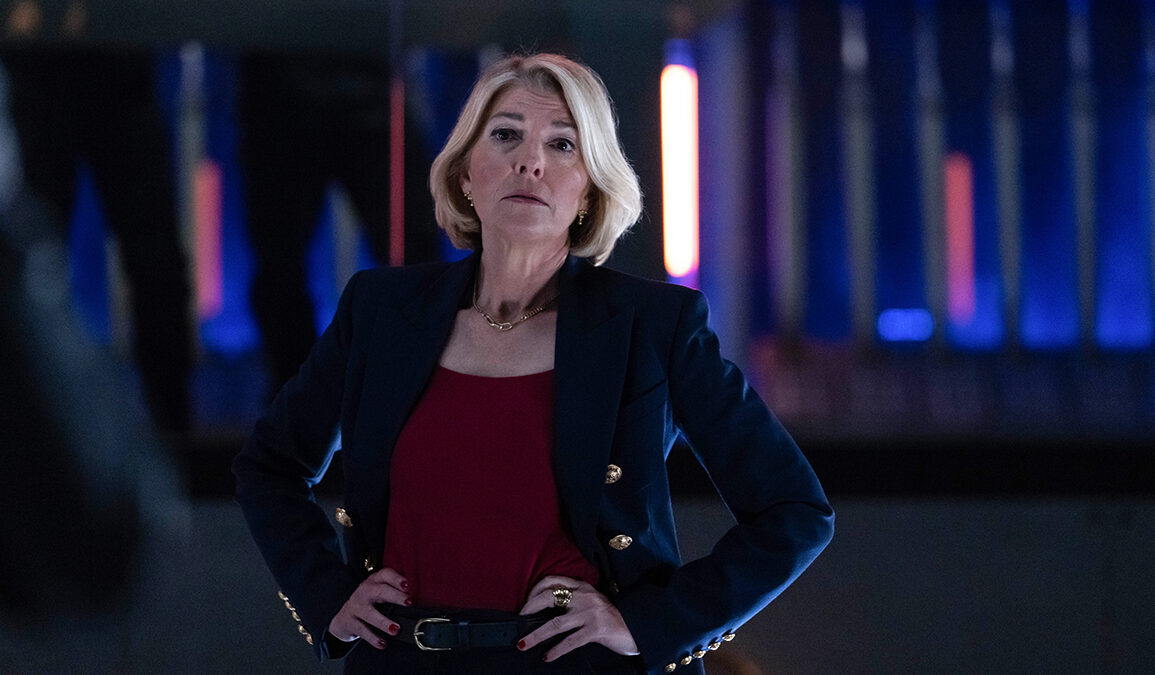
Which poses the question: doesn’t that make them the good guys?
Granted, the Sea Devil army are just that, and their technological advancements (could) make them a formidable foe of humanity, but this new spinoff scenario appears to be setting them up as defenders of the Earth – and isn’t that supposed to be UNIT’s job?
Let’s think about that. UNIT isn’t exactly a resource-light operation. Helicopters, tanks, fuel-guzzling SUVs, all those hi-tech computers and laser weapons… what do you think the carbon footprint is of that snazzy central-London HQ? You don’t see nepo baby Kate Lethbridge-Stewart responding to global threats Greta Thunberg-style on a solar-powered yacht. She flies in on a chopper. Does UNIT even have a work environment policy? Does the canteen separate its recyclable waste?
(Cut to Col. Ibrahim sitting in a trench in episode three of five, bullets flying overhead, a furrow on his brow as the realisation gradually dawns and prompts him to ask, That Mitchell and Webb Look-style, “Are we the baddies?”.)
Kate’s father, former UNIT commander Alistair Gordon Lethbridge-Stewart, wasn’t exactly a tree-hugger, come to think of it. In 1974 Doctor Who “Invasion of the Dinosaurs”, the Brigadier described an environmentalist MP who wanted to save the planet from eco-collapse as “mad”. In that instance, the Brig had a point, considering that said MP and his green pals were trying to save Earth by transporting dinosaurs through time and releasing them onto the streets. When the Third Doctor commended the mad MP in that story for at least realising the danger of environmental collapse that planet Earth was in due to humanity’s polluting ways, the Brigadier confidently declared, “It’ll never happen, Doctor.” Well, it looks like the Sea Devils would say different.
Doctor Who stories have dealt in environmental themes as far back as 1964’s “Planet of Giants”, which saw an unscrupulous entrepreneur try to profit from a dangerous pesticide that was wiping out insect life. 1967’s “The Ice Warriors” envisaged a future Earth ravaged by human-induced climate catastrophe. 1971’s “Colony in Space” tackled resource-draining mining operations, among other things, while 1973’s “The Green Death” famously put a sci-fi face (do sludge and maggots have a face?) on a toxic by-product of chemical refinement.
This post was originally published on this site be sure to check out more of their content.






